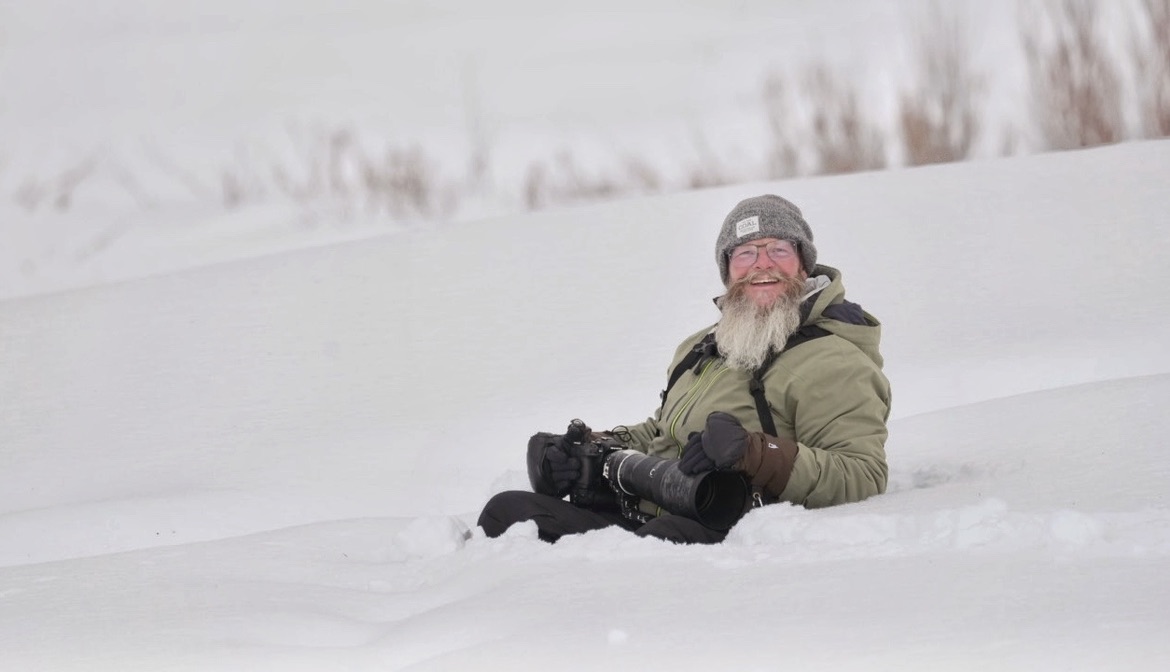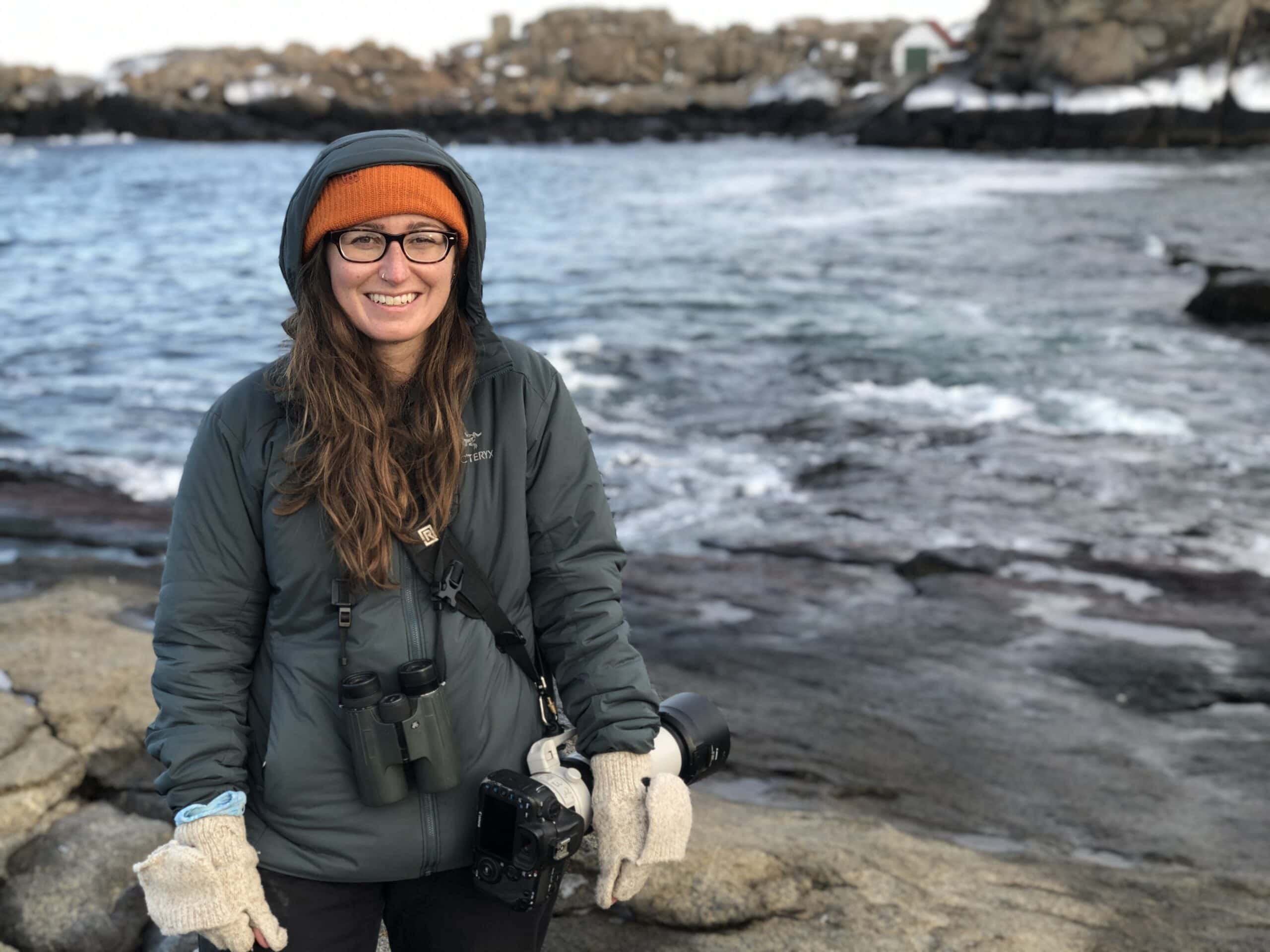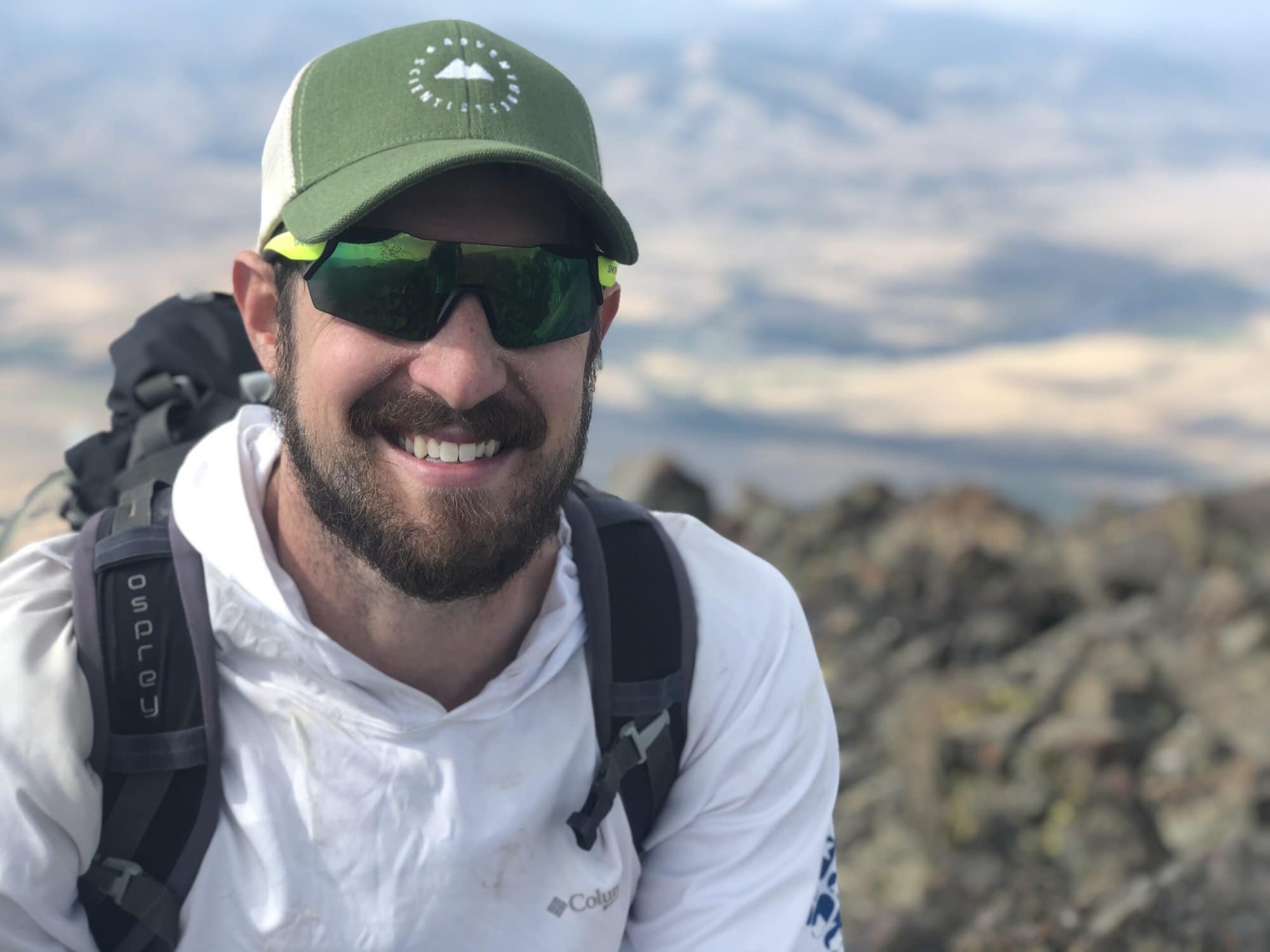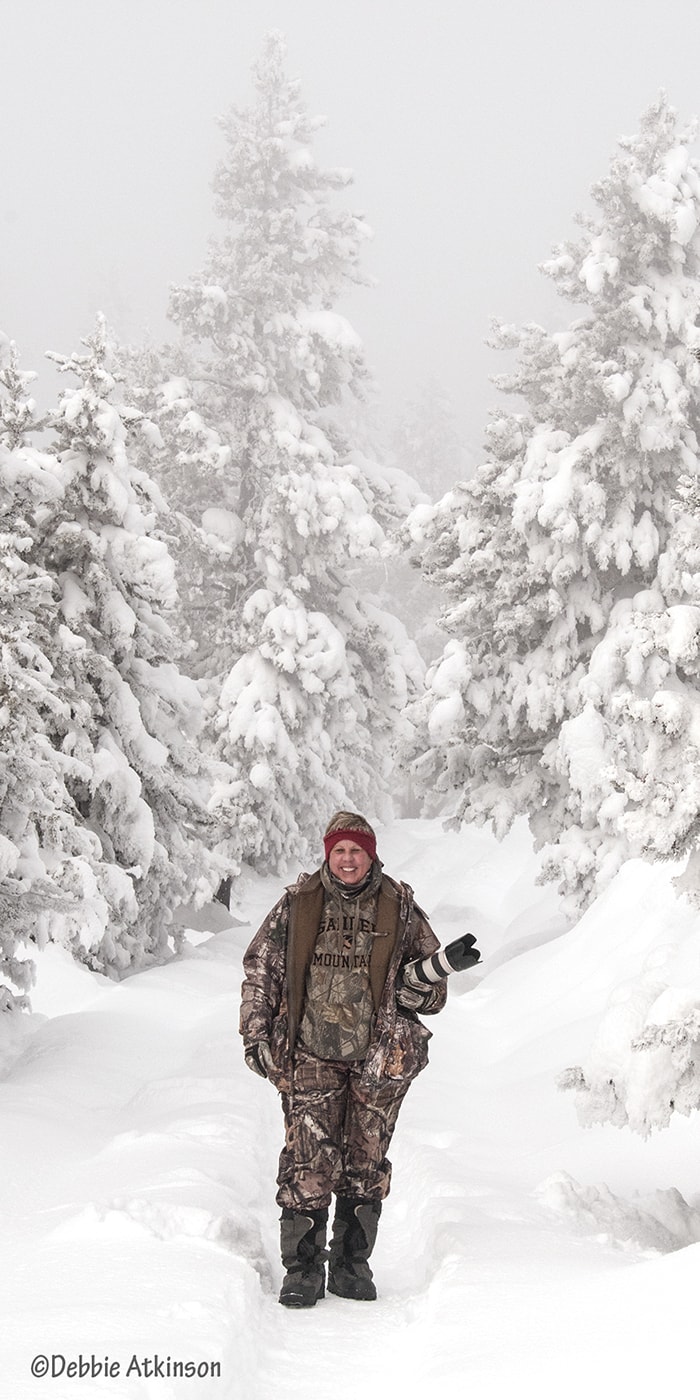World Wetlands Day
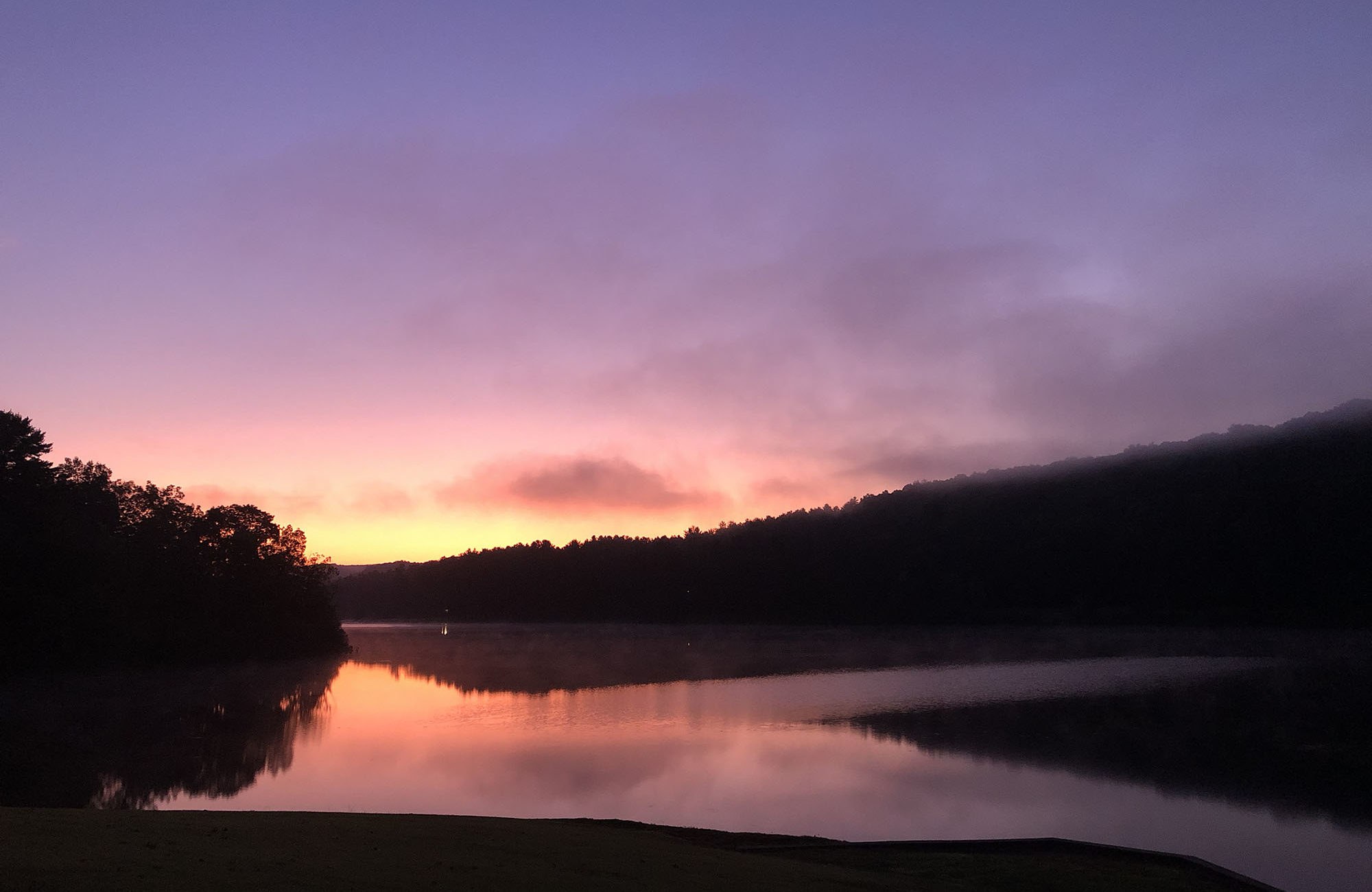
Feb 4, 2020 | by
World Wetlands Day is observed each year on February 2nd. This celebration helps raise awareness about the importance of wetlands for life on our planet.

Magee Marsh, in Ohio, is 2000 acres of wetlands situated on the Lake Erie shore – it is part of the Western Basin Globally Important Bird Area which includes Ottawa National Wildlife Refuge and the surrounding open lake waters, coastal wetlands, Lake Erie Islands, numerous river mouths, shallow backwaters and associated marshes of Lake Erie, as well as the remnants of the Great Black Swamp (Check out our Magee Marsh tour HERE)
As birders and wildlife enthusiasts, the Wildside team and our clients are familiar with the vital role of wetlands, and their unique beauty. We spend large quantities of time in these biologically diverse ecosystems, all around the world!
We understand that a wetlands’ ability to provide habitat for numerous species, buffer coastlines against storms and flooding, and naturally filter, break down, or transform harmful pollutants, is unmatched.
As we traverse the globe, we come across every type of wetland. They are, by definition, land areas that are saturated or flooded with water, on a permanent or seasonal basis.
“Inland wetlands include marshes, ponds, lakes, fens, rivers, floodplains, and swamps. Coastal wetlands include saltwater marshes, estuaries, mangroves, lagoons and even coral reefs. Fish ponds, rice paddies, and saltpans are human-made wetlands.” – the World Wetlands Day website
Wetlands are disappearing faster than forests, despite the irreplaceable role they play in clean water, water supply, storm protection, climate change, biodiversity health, food production, and even human recreation. They need to be appreciated, fortified, and rebuilt.

American Flamingos in the salt-water lagoon on Floreana Island, Galápagos, Ecuador (Check out our Galapagos Island adventure HERE)
Looking back through my photos from the past year, I am amazed by just how many wetlands I’ve birded around and enjoyed with Wildside. Take a look, give some love to your own local wetlands, and seek out new ones to learn about and explore! – Sal Ingraham

Merritt Island, a barrier island located near Titusville, FL, contains saltwater estuaries, freshwater impoundments and marshes all protected by Merritt Island National Wildlife Refuge (Check out our Central Florida tour HERE)

Cochise Lake, Arizona – a satellite lake of the Willcox Playa, a broad alkaline lakebed which is seasonally flooded to a shallow depth (Check out our Southeast AZ tour HERE)
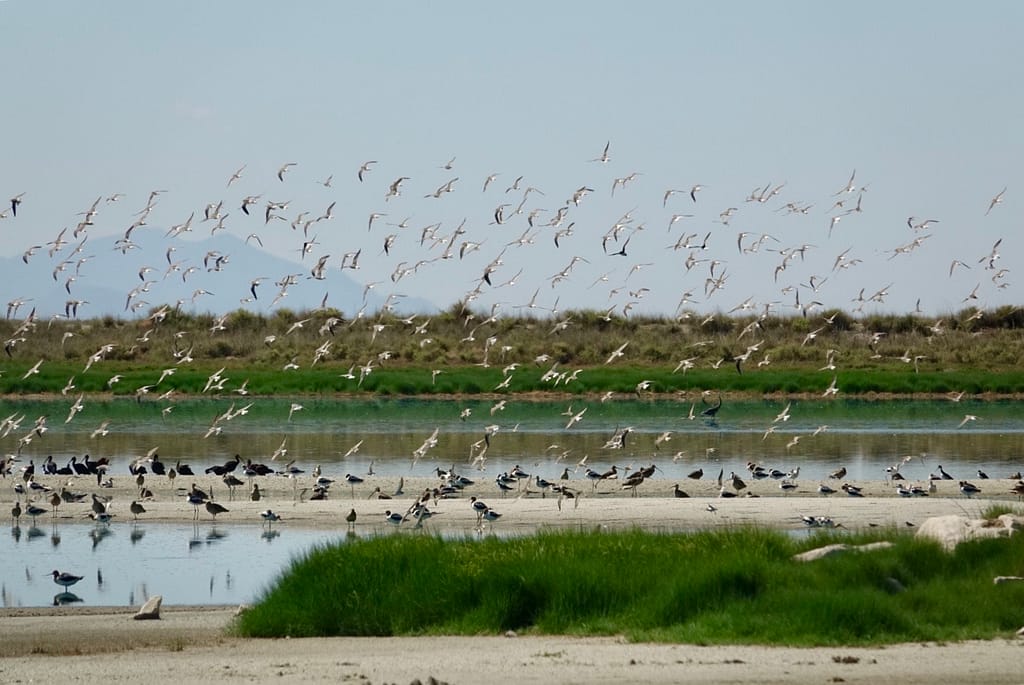
Cochise Lake, Arizona

Estero Llano Grande State Park, TX – a large wetlands environment that sits alongside the Arroyo Colorado, a stream that splits from the Rio Grande – the area has been restored to a more natural state, after cattle and sheep ranching, and agricultural practices damaged the waterways (Check out our TX: Rio Grande Valley tour HERE)

Black-bellied Whistling Ducks at Estero Llano, TX

Sunset over Sandhill Crane-filled ponds at Bosque del Apache National Wildlife Refuge, New Mexico – the refuge protects 3,800 acres of Rio Grande floodplain and 9,100 acres of irrigated farms and wetlands (Check out our New Mexico tour HERE)
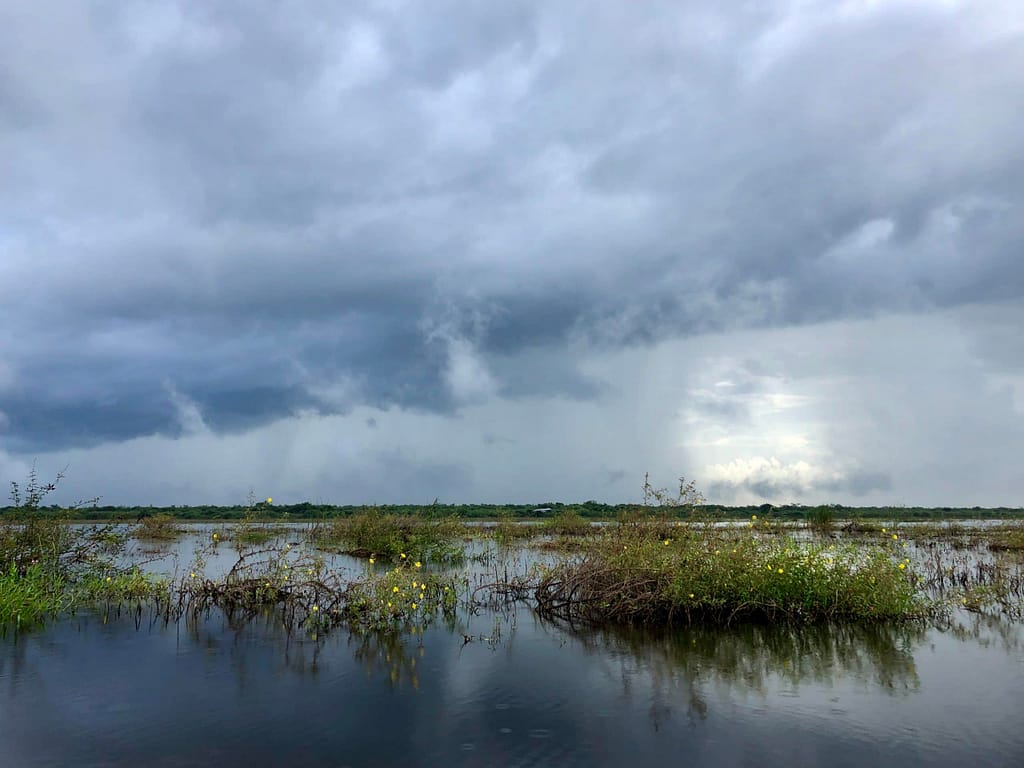
Crooked Tree Lagoon, in Crooked Tree Wildlife Sanctuary, Belize – the sanctuary contains 16,400 acres of lagoons, creeks, and log wood swamps, and has been recognized as a Wetland of International Importance (Check out our tours to Belize HERE)

Bare-throated Tiger-Heron on Spanish Creek, Crooked Tree Wildlife Sanctuary, Belize

Lake Hodges, a man-made reservoir near San Diego, California – the lake is a portion of the San Dieguito River drainage, fed by some 300 square miles of watershed (Check out our Southern CA tour HERE)

Lake Hodges ‘s open water, freshwater marsh, and extensive shoreline provide necessary feeding and nesting habitat for a wide variety of avian species, including Clark’s and Western Grebe (pictured)

Whooping Cranes in Aransas National Wildlife Refuge – this protected area is situated on the southwest side of San Antonio Bay along the Gulf Coast of Texas, and includes marshes formed by the mouth of the Guadalupe River, freshwater ponds, and the 38-mile barrier island called Matagorda Island

Orlando Wetlands, just outside Christmas, Florida – it is a man-made wetland designed to provide advanced treatment for reclaimed water from the City of Orlando and other local cities (it uses aquatic plants to polish already treated wastewater before discharging it into the St. Johns River)

Wood Stork at Orlando Wetlands, which is home to more than 220 bird species and 63 butterfly species, plus much more biodiversity (Check out our Central Florida tour HERE)



















